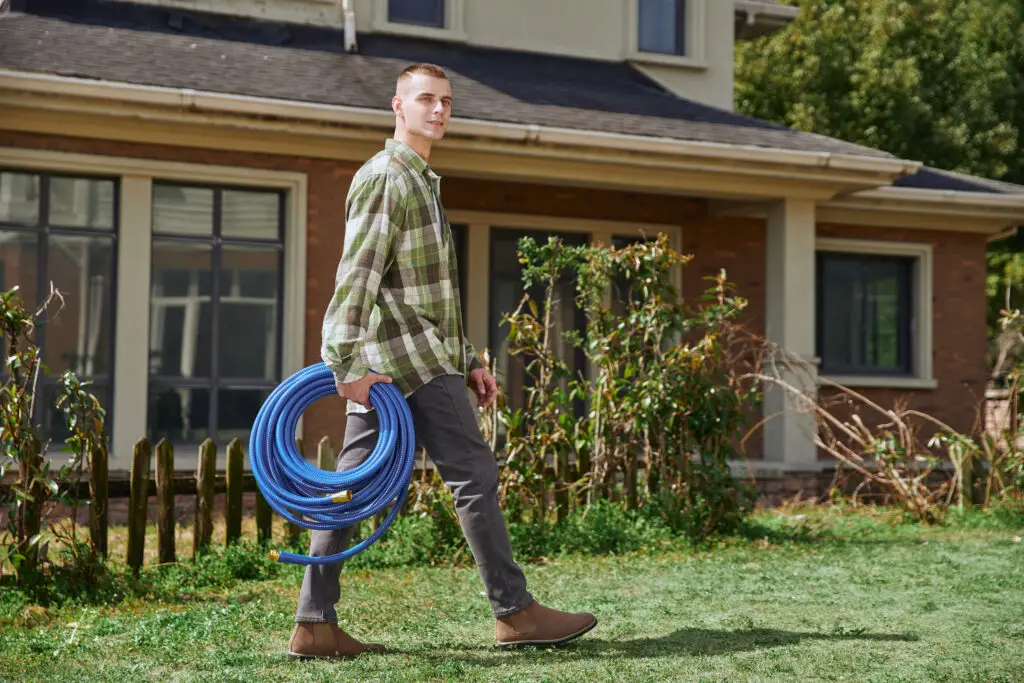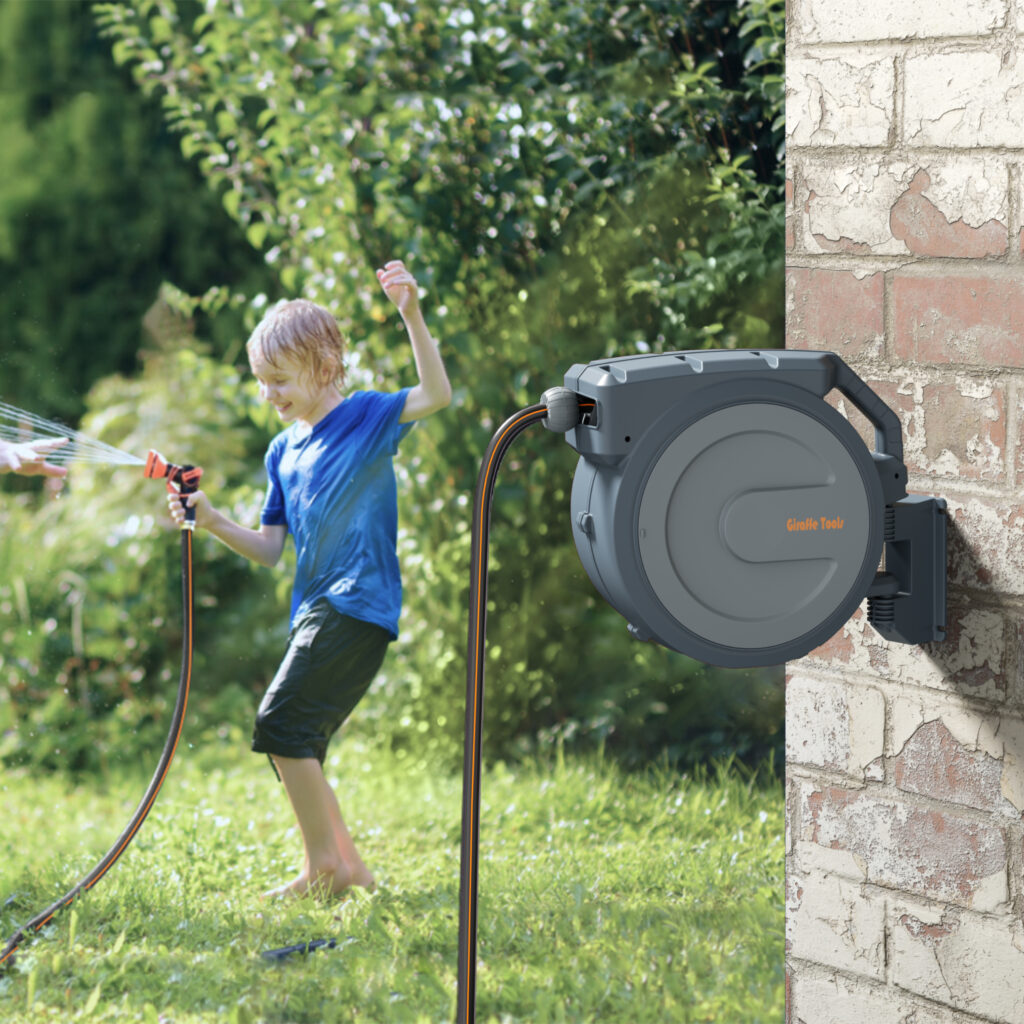When temperatures start to drop, it’s important to think about winterizing your garden hose to protect it from the freezing cold. By taking the necessary steps to winterize your water hose, you can extend its life and prevent damage, which can save you money in the long run. In this article, we discuss some helpful tips on how to winterize your garden hose for cold weather.
Drain your hose

The first step in winterizing your garden hose is to drain it completely of water. This is important because if water is left in the hose, it can freeze and expand, causing the hose to tear or even burst. To empty your garden hose, simply disconnect it from the spigot and hold it upright to allow the water inside to drain. You can also use a nozzle or spray attachment to remove any water that may be trapped inside.
Disconnect your hose
Once you have emptied your garden hose, it is important to disconnect it from the faucet. Leaving your garden hose connected to the spigot during the winter months can allow the water to freeze and expand in the spigot, leading to costly repairs in the spring. To disconnect your garden hose, turn off the water supply to the spigot and use pliers or a wrench to loosen the hose connection. Once disconnected, you can remove the hose from the nozzle and stow it away.
Store your hose properly
After you’ve disconnected your garden hose, it’s important to store it properly for the winter. Storing your garden hose in a cool, dry place can help prevent it from tearing and other damage. You can store your garden hose in a garage, shed, or other covered area. It’s also a good idea to hang your garden hose from a hook or hose reel so it doesn’t get tangled or damaged.
Protect your hose from freezing temperatures

If you live in an area where temperatures regularly drop below freezing, you should take extra precautions to protect your garden hose from the cold. One way to do this is to cover your garden hose with a thick layer of insulation. You can use foam insulation or wrap your garden hose with old towels or blankets to provide an extra layer of protection. You can also use heating tape or a heating cable to prevent your garden hose from freezing.
Use a hose cover
Another way to protect your garden hose from freezing temperatures is to use a hose cover. A hose cover is a simple device that fits over your faucet to prevent water from freezing inside. Hose covers are easy to install and available at most hardware stores.
Consider using a heated hose
If you live in an area with extremely cold temperatures, you may want to invest in a heated garden hose. Heated garden hoses are designed to withstand freezing temperatures and can be used in temperatures as low as -40 degrees Fahrenheit. These hoses are usually more expensive than traditional garden hoses, but they can be a worthwhile investment if you live in a cold climate.
Check your hose for damage
Before storing your garden hose for the winter, it’s important to check it for signs of damage. Look for tears, holes, or other damage that may have occurred during the summer months. If you find any damage, it’s best to replace your garden hose before storing it for the winter.
Clean your hose before storing it

Before storing your garden hose for the winter, it’s a good idea to clean it to prevent mold or mildew from growing. Use a mild soap and water to clean the hose, making sure to rinse it thoroughly. After cleaning, allow the hose to dry completely before storing it away.
Conclusion
In summary, winterizing your garden hose is an important step in protecting it from the harsh winter weather. By following these simple tips, you can help extend the life of your garden hose and prevent costly damage. Remember to drain your hose, unplug it from the faucet, store it properly, protect it from freezing temperatures, consider and review the use of a heated hose.
Thanks to all the companies linked above.
























